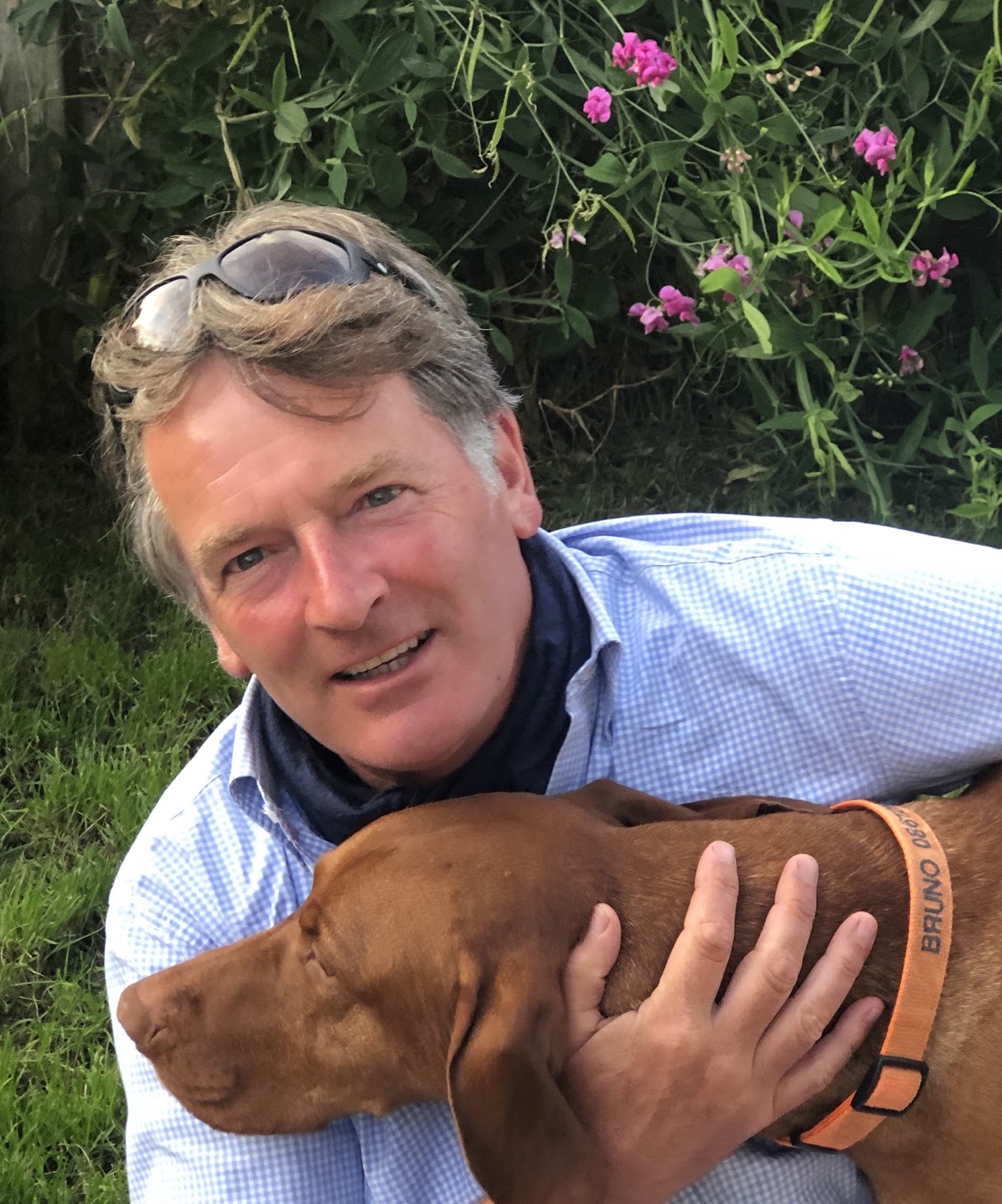Howth: In the Heart of the Dublin Bay Biosphere
- howthadventures

- Mar 1, 2021
- 3 min read
In 2015 the area of Dublin Bay was officially designated a UNESCO Biosphere. For those of us from Binn Éadair, and for Dubliners in general, this is of great significance. Yet, many of us are probably not aware that we are living in a UNESCO Biosphere, whatever that might mean.
A Biosphere is a place that has been recognised for its unique biodiversity and where human communities are still intimately connected with nature. The Dublin Bay Biosphere stretches along the coast from Dalkey to Malahide, including residential areas as well as natural landscapes and environments. Howth, described by Oscar Wilde as one of the "crescent horns that shuts in the bay of Dublin", is an important part of the Biosphere. The peninsula is teeming with a great diversity of life and remains the most beautiful place to hike, swim, and appreciate nature in Dublin Bay.
In Dublin we are living in the only Biosphere in the world that is located within a capital city. So, Dublin Bay is truly unique; we have a duty to acknowledge this and protect the natural environment we are living within. Indeed, the aim of the Biosphere status is to conserve natural landscapes and biodiversity, and to promote a harmonious, balanced relationship between us humans and our natural environment. We are part of nature, not apart from it. That we understand this is imperative, as we all have a role to play in achieving this essential, fragile balance.

For locals, and for visitors who come to this verdant isle seeking our world-renowned céad míle fáilte, our magnificent coastline and beautiful natural landscapes provide incalculable value to our well-being. This is especially true in Howth. All the summers happily spent at the Baily Jumps, the myriad walkers delighting in the dazzling dappled display of rhododendrons in Deer Park in May, and the summer day-trippers cruising out to Ireland's Eye to spot the puffins, gannets, and seals attest to this.
We all have our memories of times we have found ourselves suddenly struck by the overwhelming beauty of the natural world around us. A sight we are well accustomed to can all of a sudden acquire a novel hue, as though we are seeing it for the first time. Personally, I have on countless occasions found myself transfixed by the majestic flight of gannets off the coast of Howth, with porpoises surfacing in black flashes below, or the stately, solitary grey heron you might find perched on a roof of the West Pier. We are fortunate to live amidst such a wonderful diversity of life, encompassed by nature that can be both beautiful and sublime. Upon hearing about grave trends such as the decline of kittiwakes or curlews across the country, one feels a sense of collective shame and sadness that future generations may inhabit a duller and less diverse natural world.
It was inspiring and hopeful to see hundreds of Howth Peninsula locals attending a beach clean-up on Sutton Strand in late 2017, organised by Patrick Jackson. After witnessing how many children turned up with their families, I am confident that in the future our natural environment will be in safe hands. But we will need greater political, community, and individual action, and a sense of urgency, to ensure that the natural beauty and diversity of Dublin Bay is preserved for the generations yet to come. It would be a great injustice if our myopia or indifference led to the permanent harm of this enchanting place. Acknowledging the Biosphere, and being proud that we live in the only Biosphere in the world that is nested in a capital city, should remind us of the fragility of our natural environment and the importance of preserving its beauty and diversity for posterity.
Next time you are walking around Red Rock in Sutton or through Deer Park, listen for the ancient cry of the curlew, still resonating in Howth, though they are endangered nationally. If you find yourself amidst the oak, birch, or any of the other local trees around Howth Head, embrace them for a moment; they are amiable old neighbours and generous friends. Look out for an elusive red squirrel, perched high on the arm of a tree in Deer Park with its prized nut. If you are fortunate enough to see one, enjoy the moment, for they are in great danger.
As Howth locals, acknowledging that we are in the heart of the Dublin Bay Biosphere reminds us of our duty to protect this special place for generations to come. It is comforting to know that as we make small changes to preserve the natural character and biodiversity of Howth, and the greater Dublin Bay Biosphere, we can marvel at its magic along the way.
Rob Keogh







Hi, I'm Rena—a passionate Tesla enthusiast and dedicated DIYer with years of hands-on experience in upgrades, repairs, and performance enhancements. I specialize in helping Tesla owners find the best solutions, from sourcing rare components to optimizing vehicle performance. I love diving into the details and sharing practical tips that make your Tesla ownership experience smoother and more exciting. Whether you’re tackling your own repairs or looking to buy tesla car parts, I’m here to guide you every step of the way with trusted advice and hard-to-find resources. Let’s keep your Tesla running at its best!